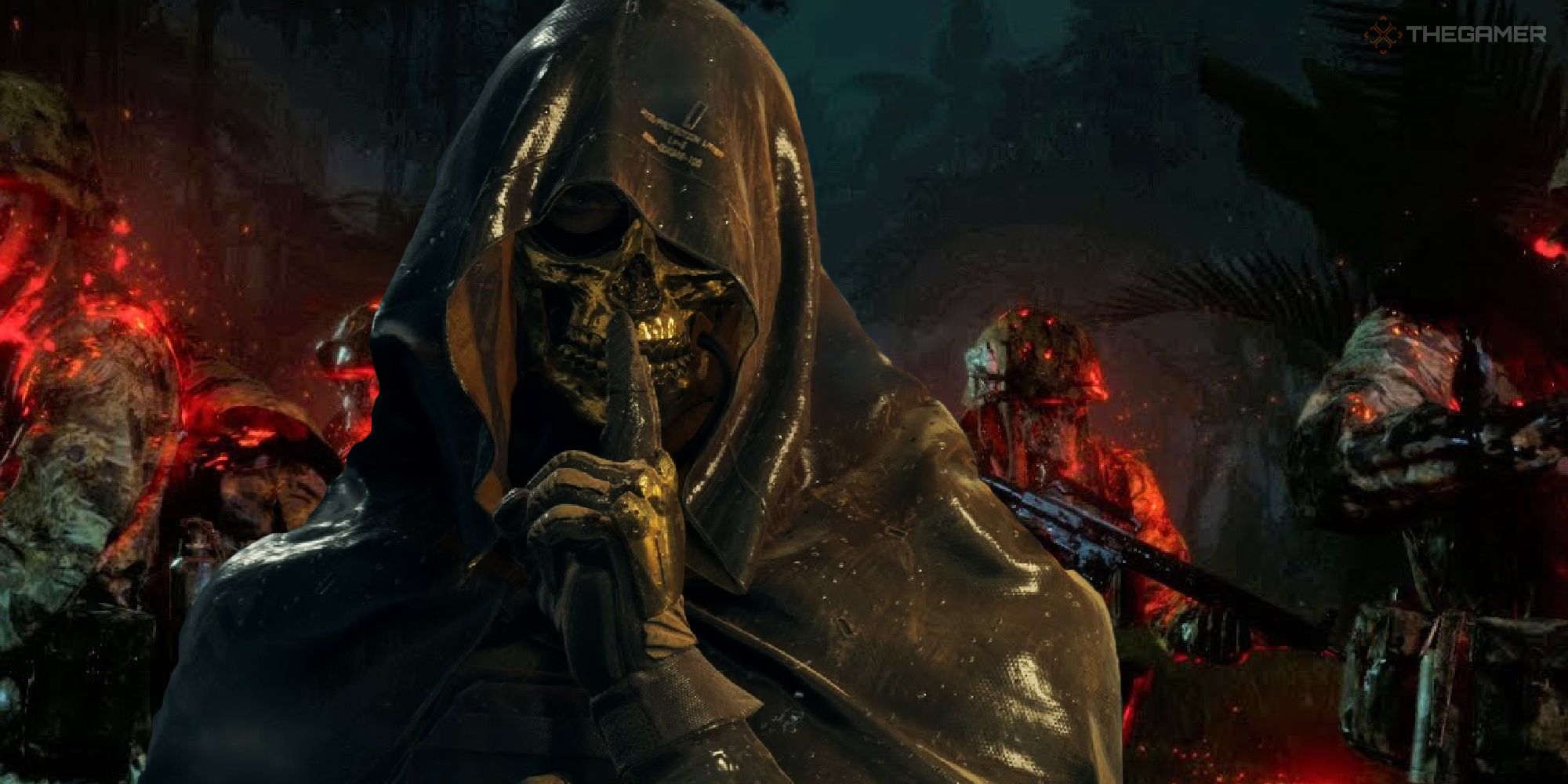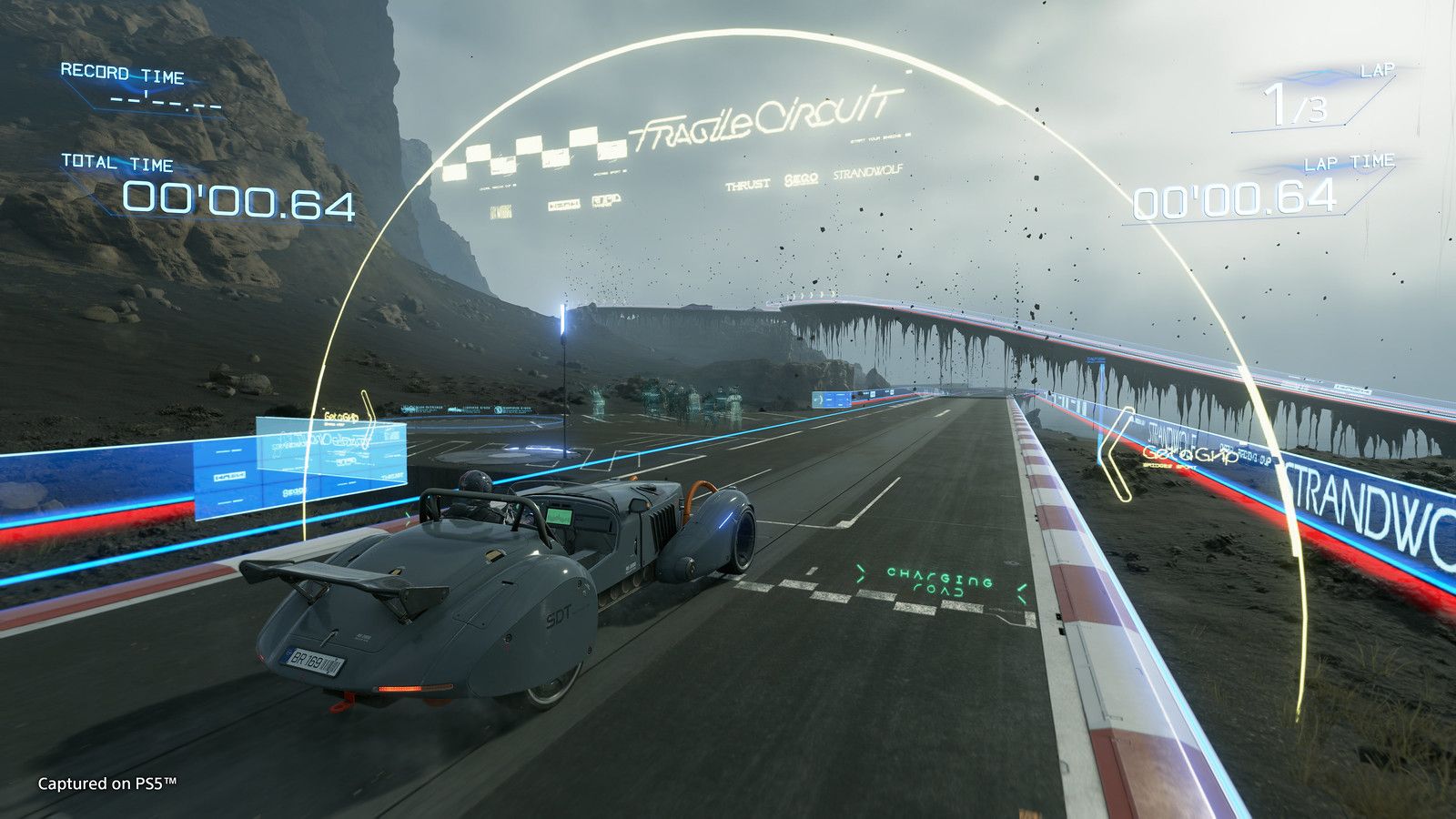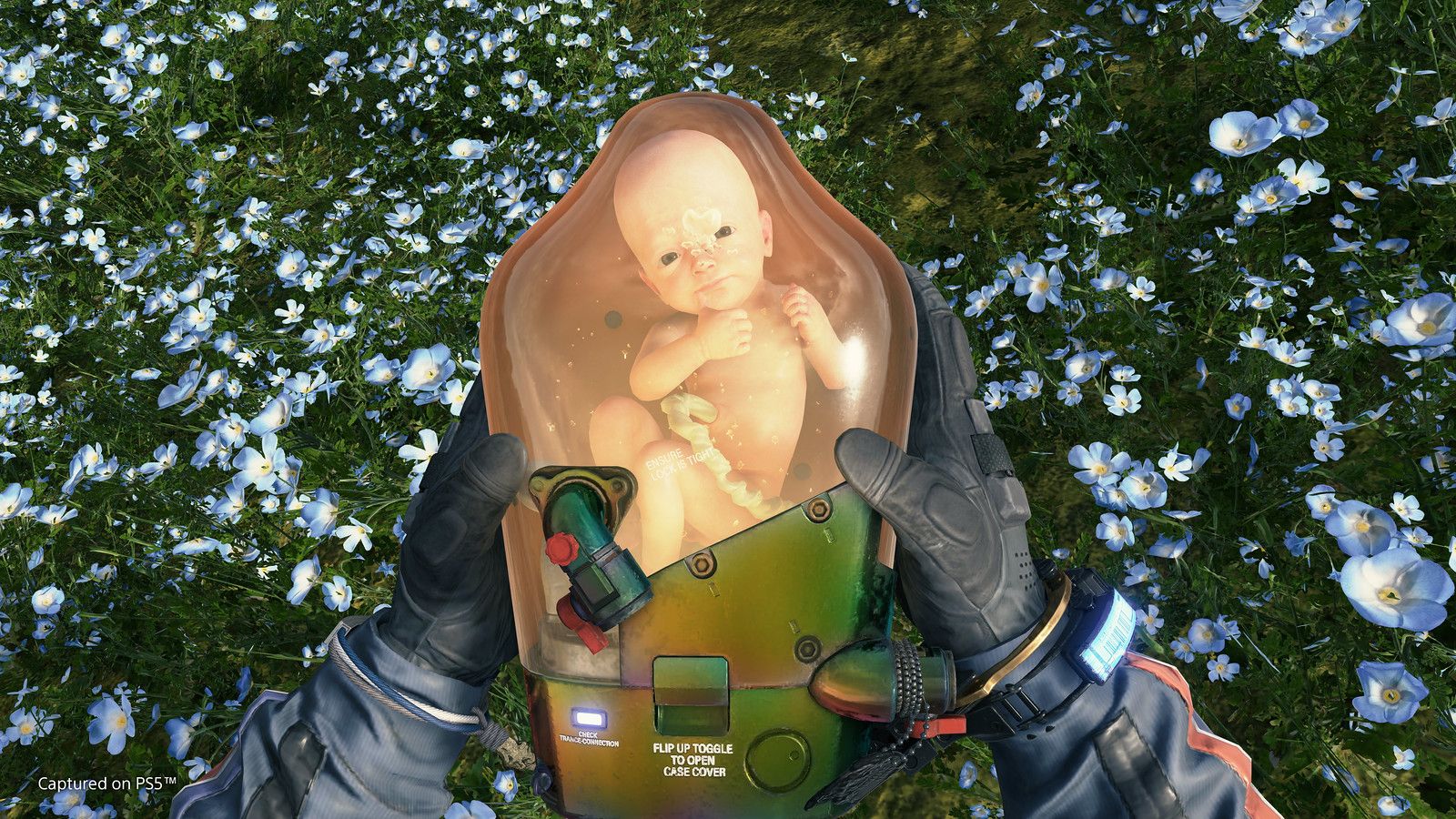I can count the number of combat encounters I had in my 50+ hours with Death Stranding on one hand. There are moments where you’re forced to pull out blood grenades and clumsy assault rifles to contend with bosses, but aside from that, you can get through the entire game without so much as a scuffle. That’s the beauty of Kojima Productions’ debut project - it’s an experience that can be played with a deliberate aversion to confrontation, with Sam Porter Bridges choosing to run away from any source of conflict with the knowledge that he doesn’t have the resources to survive.
You’re a courier, not a trained marine, and Death Stranding makes a concerted effort to express that sense of vulnerability in every one of its mechanics. Whenever an invisible horror made itself known to me on curious voyages across its post-apocalyptic world, my heart would leap into my throat, remaining there as I pinged my surroundings hoping to navigate around these ghastly spectres. It’s terrifying, and that’s because you’re keenly aware that it’s all over once you’re caught.
Gooey black hands pull you into the underworld as foreign structures long doomed to the past emerge from a pit of nothingness, the world transforming into a hellish landscape because you dared to disturb the natural order of things. You can fight back, but you’d be wasting valuable items on enemies that are destined to return time and time again. Strangely, the upcoming Director’s Cut is seemingly placing a greater focus on combat, and I’m unsure why.
Gamescom Opening Night Live saw Geoff Keighley unveiling a number of new features coming to Death Stranding Director’s Cut, most of which will make delivering packages much easier for our protagonist as he leaps aboard bipedal robots for a cheeky ride or opts to yeet his parcels over mountains instead of carrying them himself. Gosh I’m making it sound like he works for Yodel - he’s better than that I promise. He actually completes his deliveries, for one thing. However, all of these improvements are designed to complement what Death Stranding does best, while minigames such as the racing track and firing range exist to build upon what we already have instead of daring to change the fundamentals. With combat’s changes though, hand-to-hand encounters will now allow Sam to perform more nuanced moves that paint him as a black belt as opposed to an Amazon delivery driver operating at the end of the world.
At first I was worried about this new approach - turning Sam Porter Bridges into a man capable of defending himself from anything removes the vulnerability that makes him such a compelling protagonist. He is knowingly in over his head, simply wishing to make a living and survive as a delivery man until his legacy is pulled into question and he’s forced to embark on a quest that goes far beyond his capabilities. He goes along with it, but doesn’t change who he is or what he’s able to do as a result. You can craft guns, grenades, and other equipment, but they’re all used with a shade of inexperience, like you’re just throwing out bullets and hoping you somehow emerge from hell unscathed. Sometimes you do and sometimes you don’t, which is why Death Stranding is so wonderfully different.
The Director’s Cut seems eager to change this perception by introducing ways for players to become familiar with combat, and to test out weapons in a risk-free environment so they know exactly what to take into the field and how it will benefit them in the grand scheme of things. I’ll miss the experimentation that will inevitably fade away as a result of this. I’m a lazy bitch who doesn’t always read tutorials, so much of my time in Death Stranding was spent crafting something only to mess about with it, praying that this weird rope gun I’d just cobbled together would get all the ghosts off my back. Such natural inexperience won’t be a factor anymore with the Director’s Cut, which I feel is an oversight considering how the game puts you in the shoes of an everyman who isn’t destined to murder hundreds in his post-apocalyptic conquest. Sam Porter Bridges is just a seriously unlucky dude, and taking that identity away would be a crying shame. You’re even punished for hostility, the corpses of fallen enemies resulting in void-outs that change the environment, acting as a lasting consequence of your willingness to kill another person.
This being said, I have faith that Hideo Kojima is aware of the thematic impact such a mechanical advancement will have, since everything in the original game seems purposeful, like it was all pieced together to craft a masterful virtual experience unlike anything we’d seen before. Combat, exploration, dialogue, quests, narrative, and pretty much everything else in Death Stranding contribute to a cohesive whole, an experimental slice of brilliance that continuously challenges triple-A design conventions while taking the tactical espionage action Kojima spent years curating with Metal Gear Solid and turning it into something entirely new. There’s nothing else like it out there, so perhaps I’m afraid that combat being placed at the forefront will result in Death Stranding falling in line with far more predictable open-world efforts of recent years.
I don’t have to engage with this change, but I think I still will - if only to see how it alters the moment-to-moment action of Death Stranding. Now weapons are more readily available and Sam can duke it out with foes on level ground, will I be more tempted to take up arms instead of running away? Part of me is convinced I’ll stick to old habits, but with almost two years having passed since I last stepped into the shoes of Sam Porter Bridges, I’m excited and hopeful that this evolved version of his character will enthrall me all over again. Hideo Kojima is positively batshit, but he’s also the sort of creator who has a reason for everything he does - who am I to doubt him?



